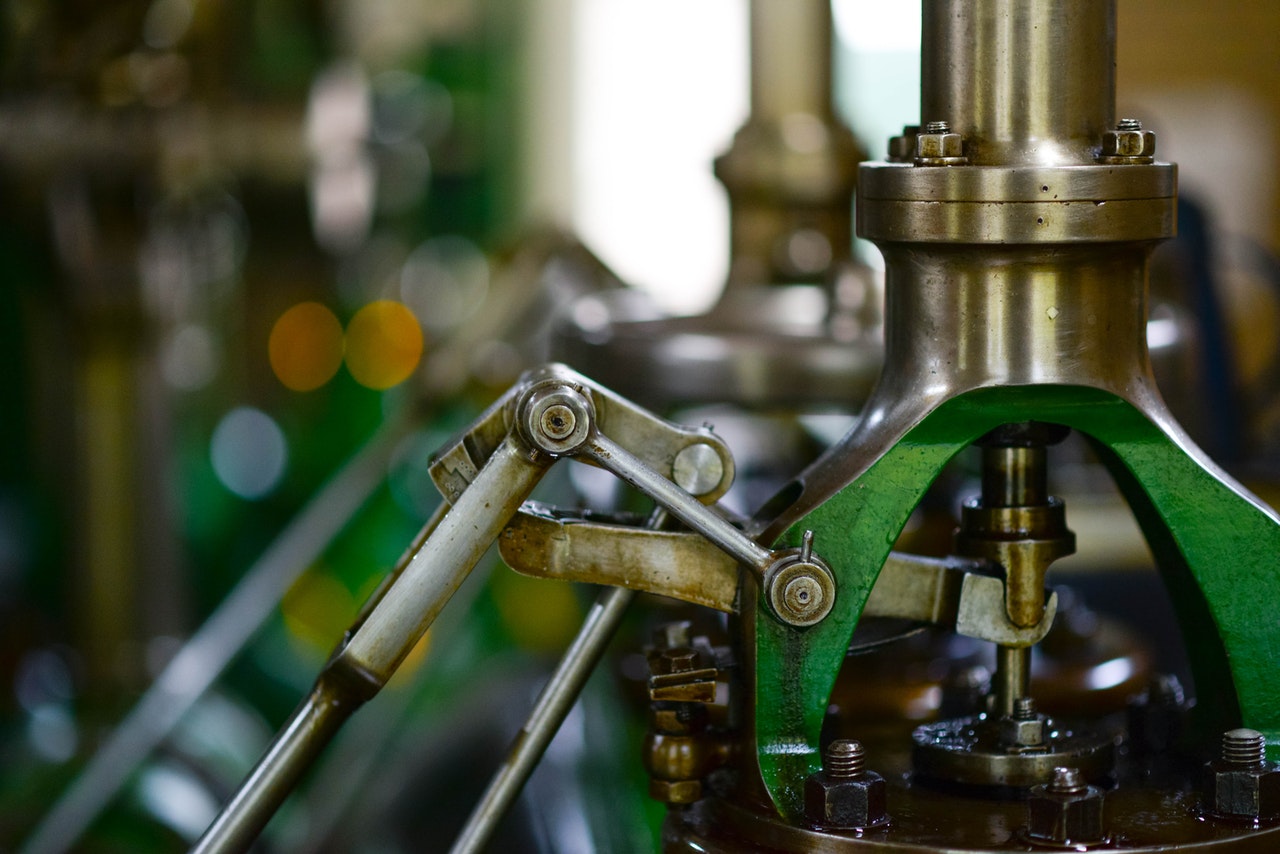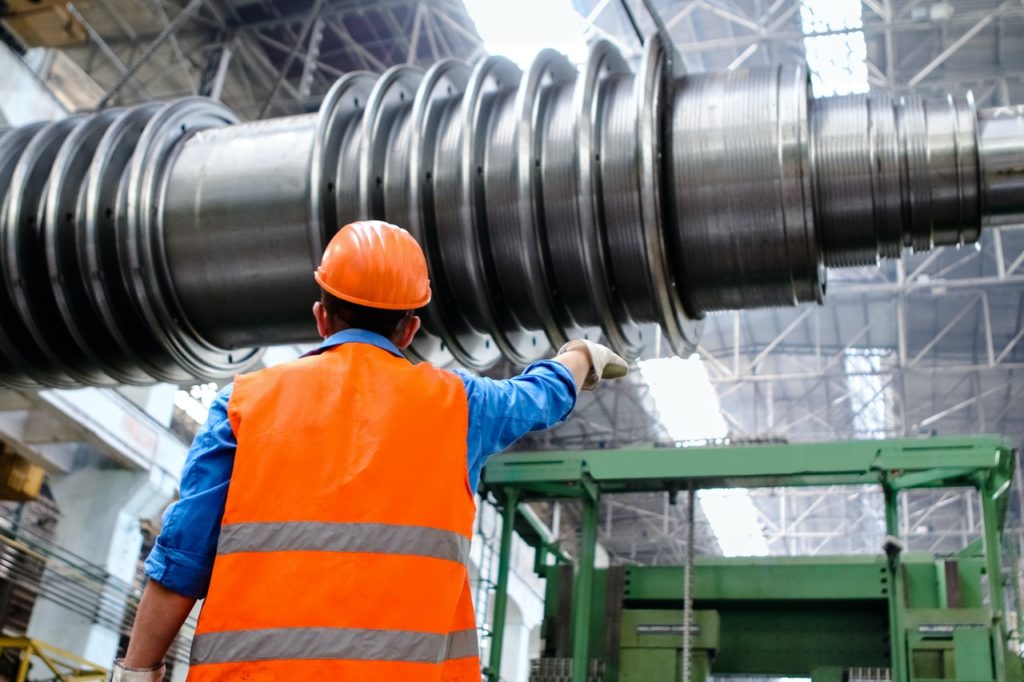With the rise of technology came easier solutions to common and recurring problems in commercial production. Issues such as the lack of trained manpower, inaccurate product turnouts, and inefficient methods that can cost substantial expenditure are among those that were solved by machines.
But because machines are man-made inventions, there is still room for errors and malfunctions. That is why machines need to be cared for — through preventive maintenance and constant check-ups — to ensure that they will remain functioning properly.
There are many ways to conduct preventive maintenance on machines, but not all methods will work for your industrial equipment the way that it does for others. Each machine will require a specific maintenance routine that you should be aware of so that you can extend its life and functionality.
Invest Time in Personnel Training
Some of the most common problems revolving around commercial machinery begin with improper handling and usage. The person operating it only looks at the manual once before they start using it. Instructions are made for a reason, which is to avoid such problems from happening in the first place.
Every time you have new equipment or a new operator, make sure that they know how to actually use the machine before they begin using it. This way, you can rest assured that they know what they are doing instead of leaving room for errors.
Winging it can be appropriate for other situations, but when handling machinery that can potentially be lethal, it’s like a disaster waiting to happen. So invest some time in training the people who will handle your machinery. Doing so can be beneficial to both your operational productivity and in keeping the workplace safe.
Make a Schedule and Stick to It
Creating a schedule for your machinery’ maintenance is vital because it gives you a specific time frame to work with. A schedule can also be an effective way to avoid minor equipment issues from spiraling out of control, which can save you money and time simultaneously.
You should assign one person to keep track of the maintenance schedules, so you can hold them accountable if they miss out on the dates. By delegating the task to your employees, you can depend on other people to remind you if it ever slips your mind.
Two heads are always better than one. So don’t put all the responsibilities on your shoulders and learn to delegate. This is an efficient way of managing your schedule; soon enough, keeping track of the dates when the machines need to be checked or cleaned will be like clockwork.

Discover the Best Industry Practices
As mentioned earlier, the maintenance methods that work for others may not work for the kinds of machines that you have. However, that’s not a sign to stop looking for more efficient and effective ways to handle your machinery.
For instance, flushing out the residual deposits in lubricating systems has been viewed as a tried-and-tested cleaning method for many years. But doing so can damage the performance of the machine in the process because of the chemicals used, which is why people looked for better ways to do it.
Fortunately, the method of using a varnish removal solution in oil-wetted systems instead of chemical or detergent flushing was discovered. This is a much safer and more cost-effective way to get rid of the deposits in the lube system, and it’s easier to do compared to chemical flushing.
So don’t settle with the methods you already know and constantly discover new ones. You don’t have to try all the practices, especially if you don’t deem them fit for your machines. But deliberately choosing not to try out new practices can be more counterproductive in the long run.
Be on the Lookout for Wear and Tear
All equipment is subject to wear and tear because it is frequently used for a long time. The more you use the equipment, the more they are forced to work under pressure. That’s why machines need constant maintenance to function properly.
Loose bolts and belts, gears knocking around inside machines, or weird sounds every time the equipment is in use – these are all potential signs that the machine has suffered wear and tear, which means that they need your undivided attention.
If you see these signs, you should immediately conduct an inspection to prevent more damage. Try not to sacrifice your machines in the name of meeting production deadlines because this can cause further damages that can be irreversible and can endanger the lives of your employees.
Machines may not be alive, but they can experience fatigue and exhaustion too. Overworking your equipment can be detrimental to its functionality and life span, which can cost you unnecessary spending in the long run. Take care of your equipment; it doesn’t take much to do so anyway.
